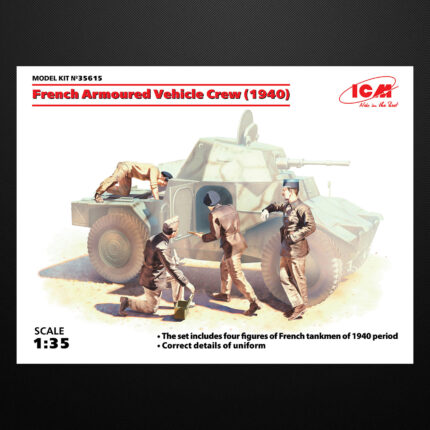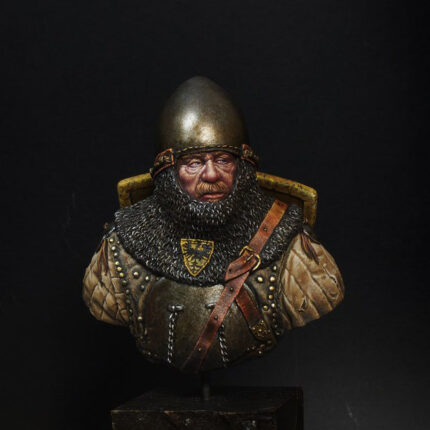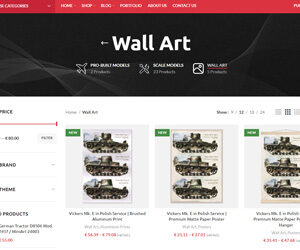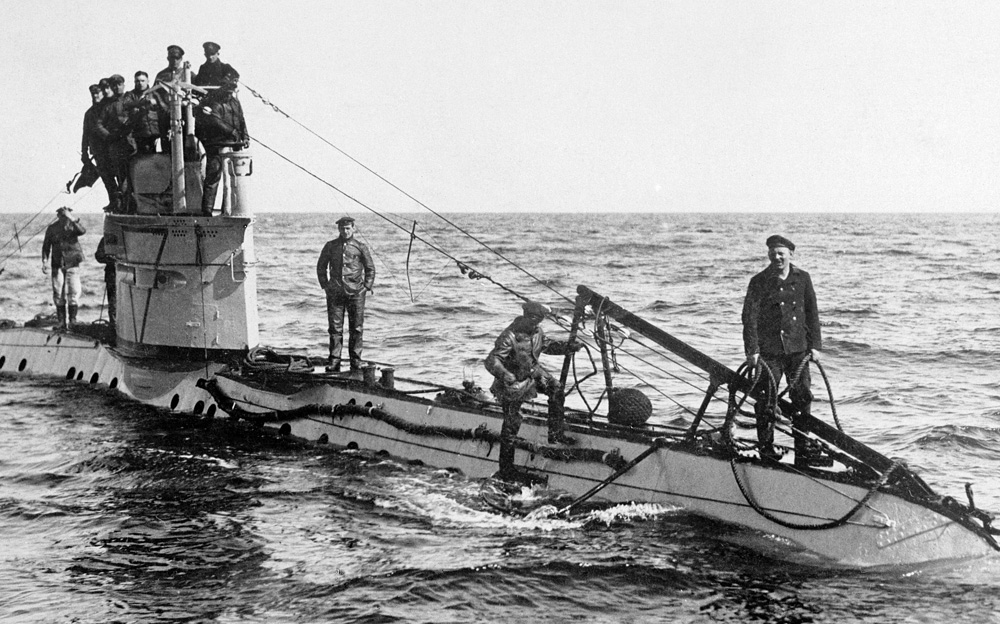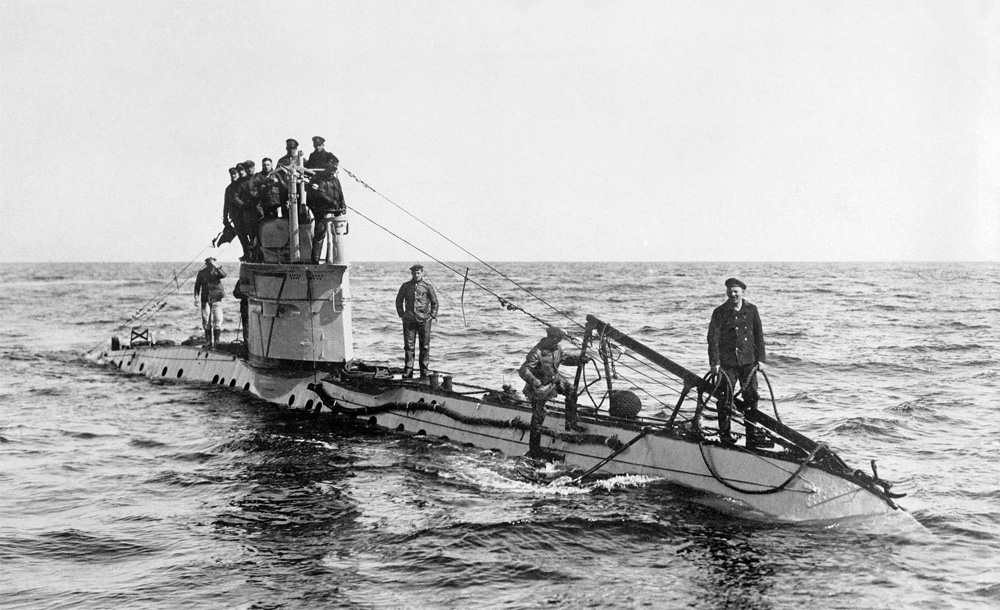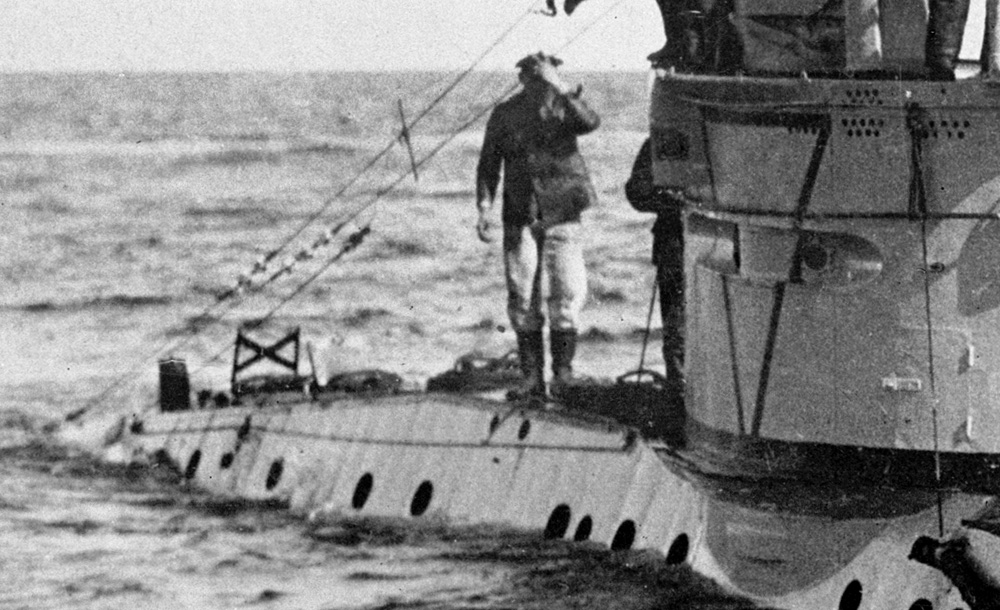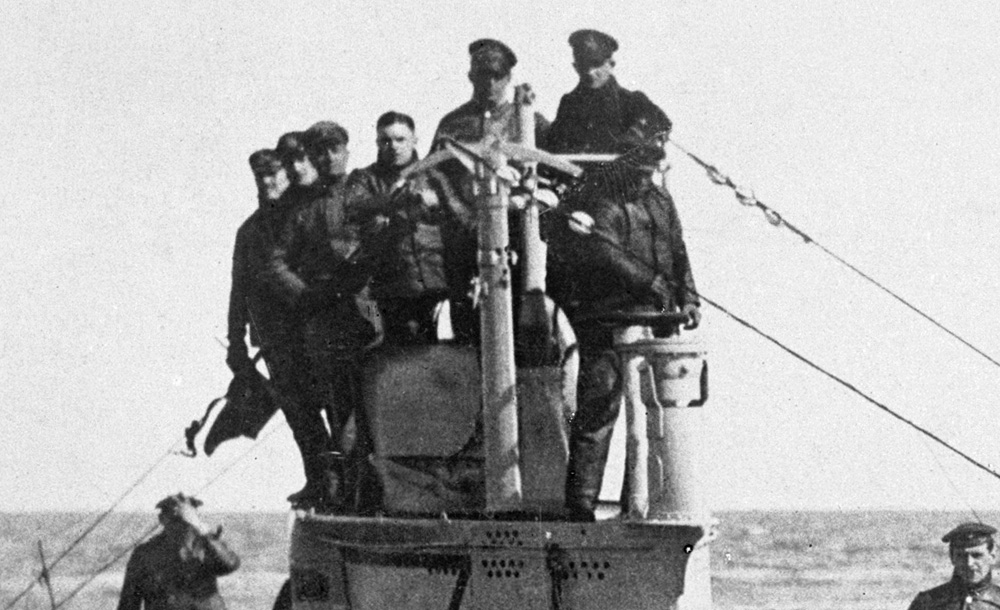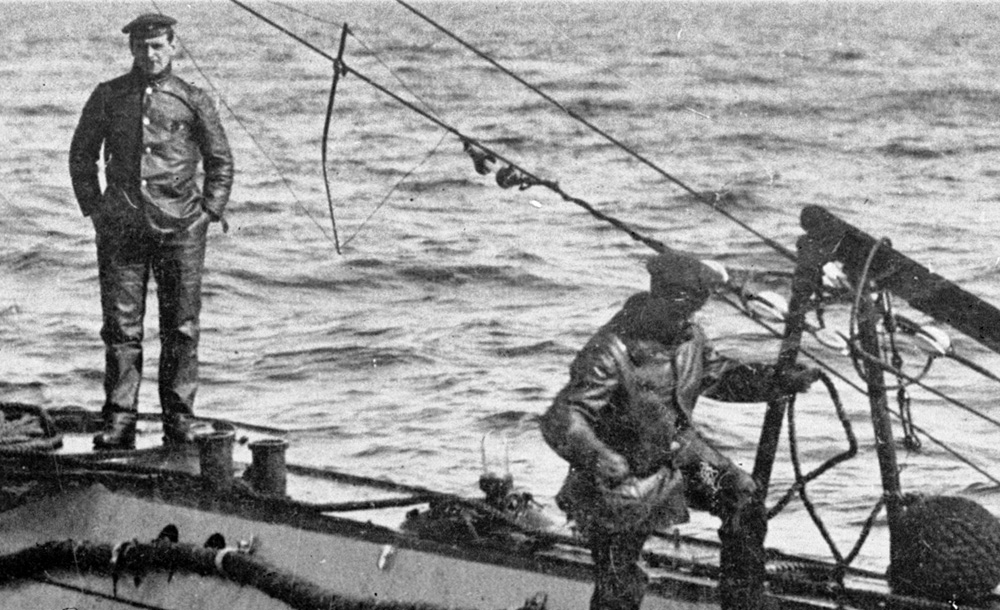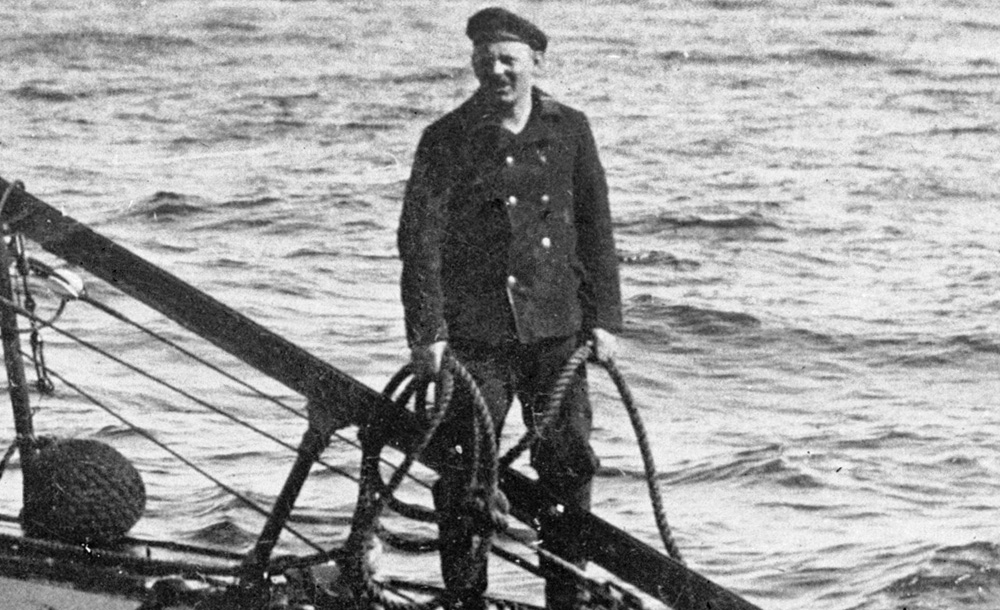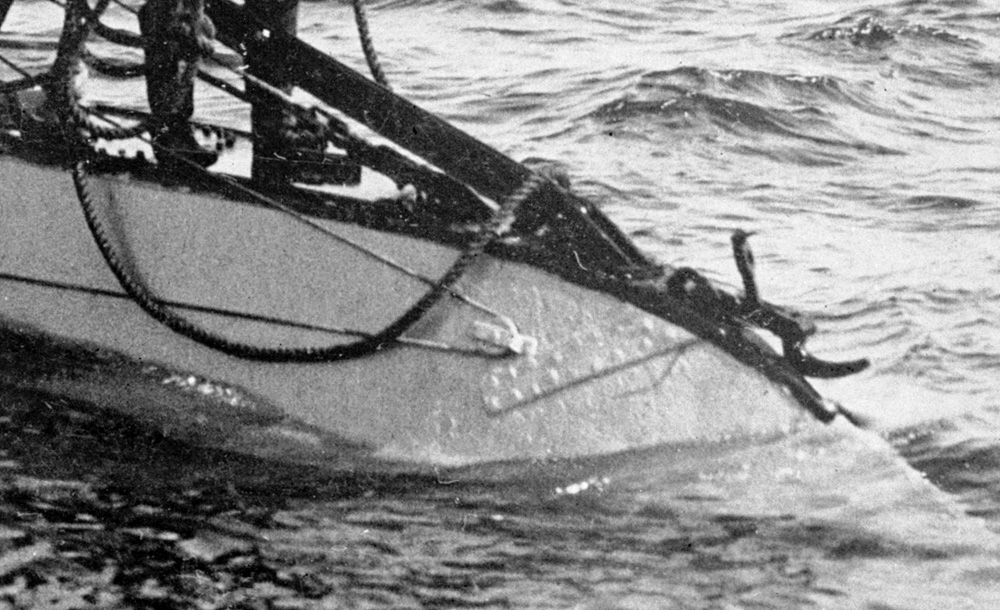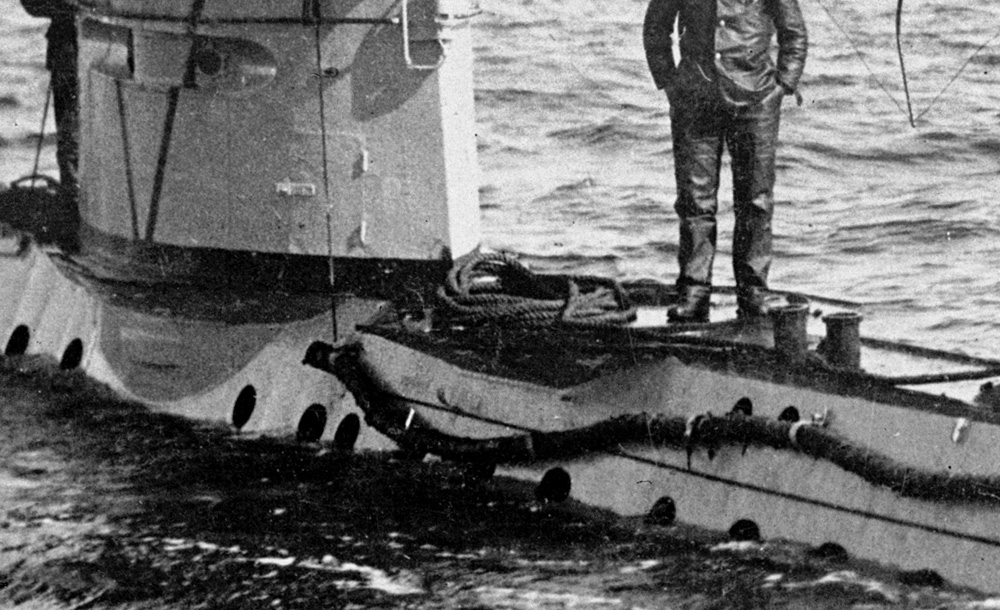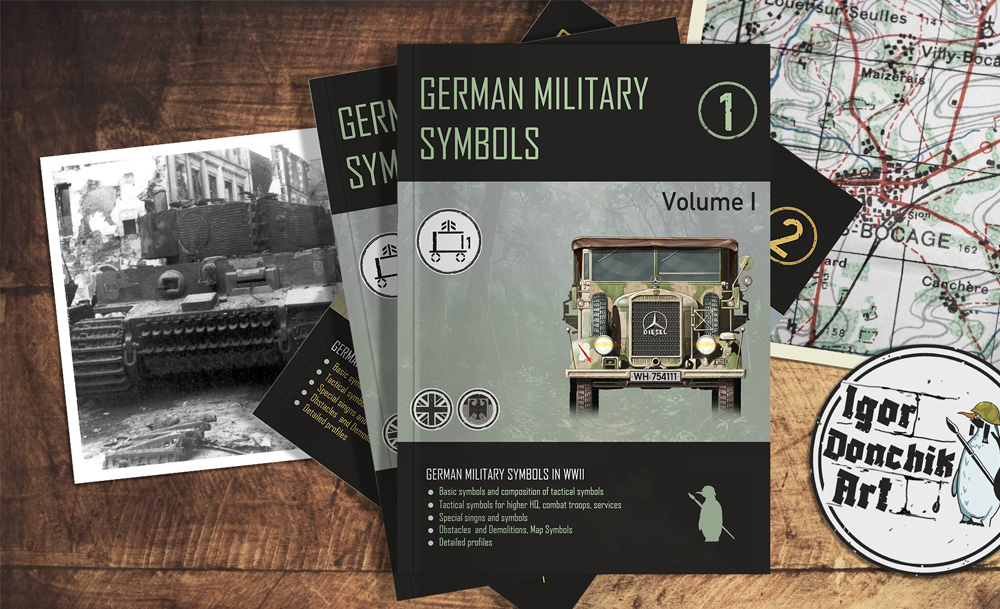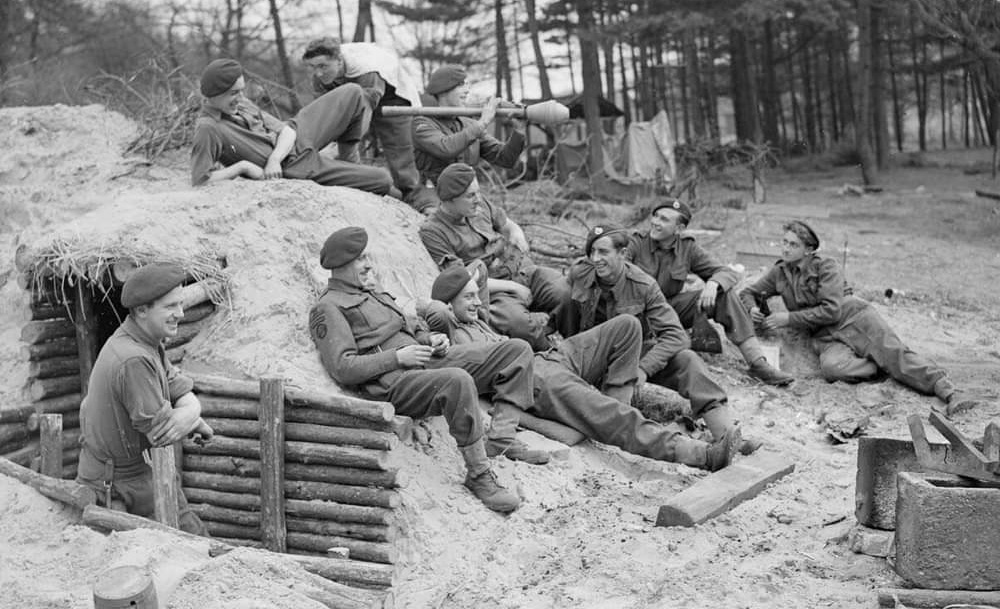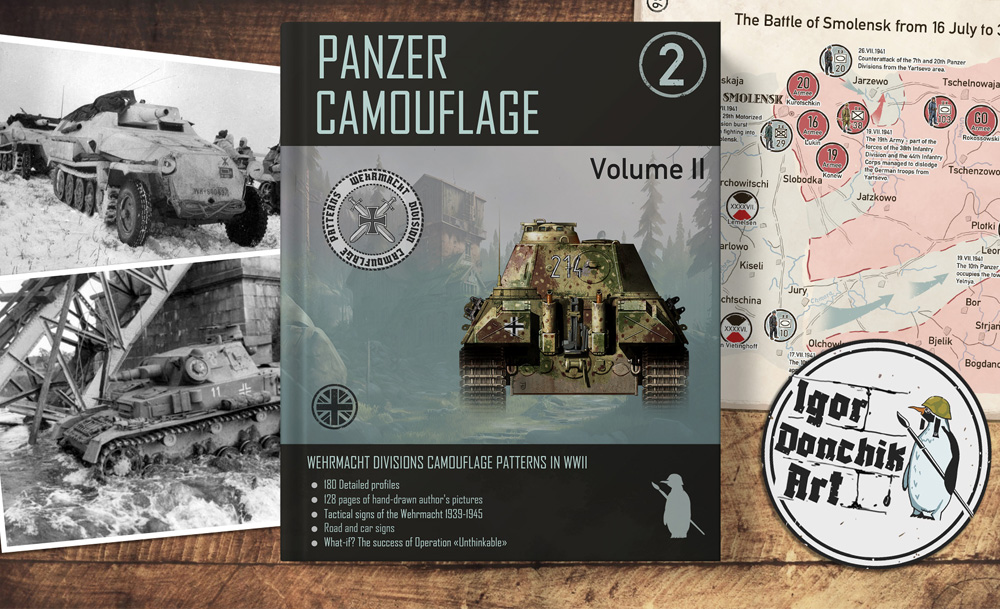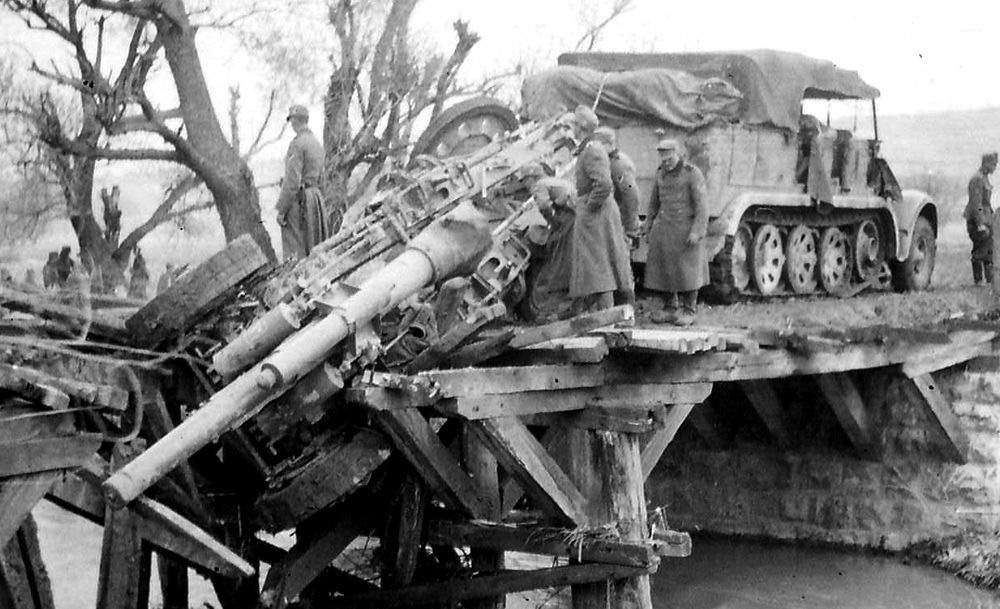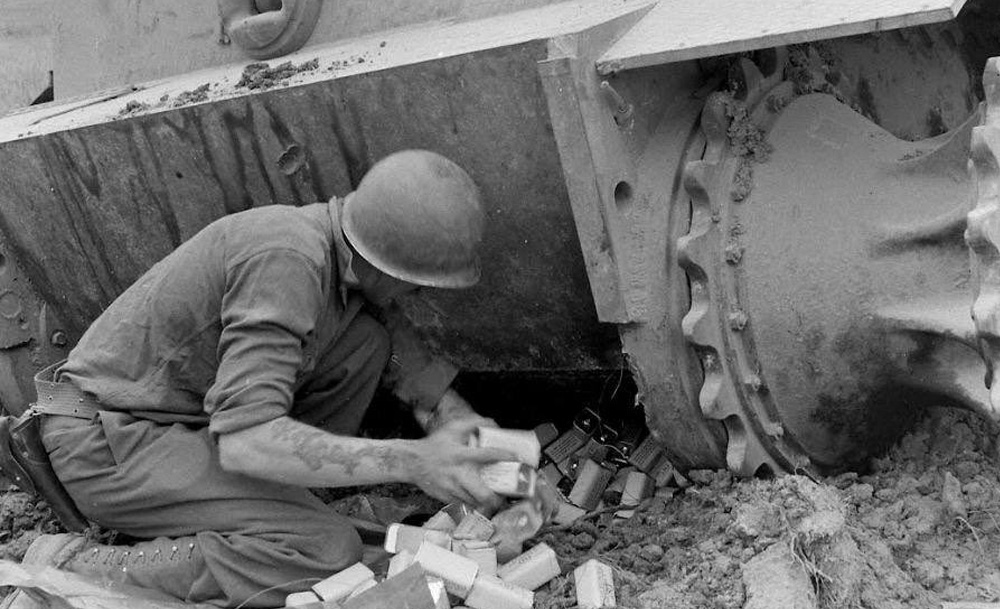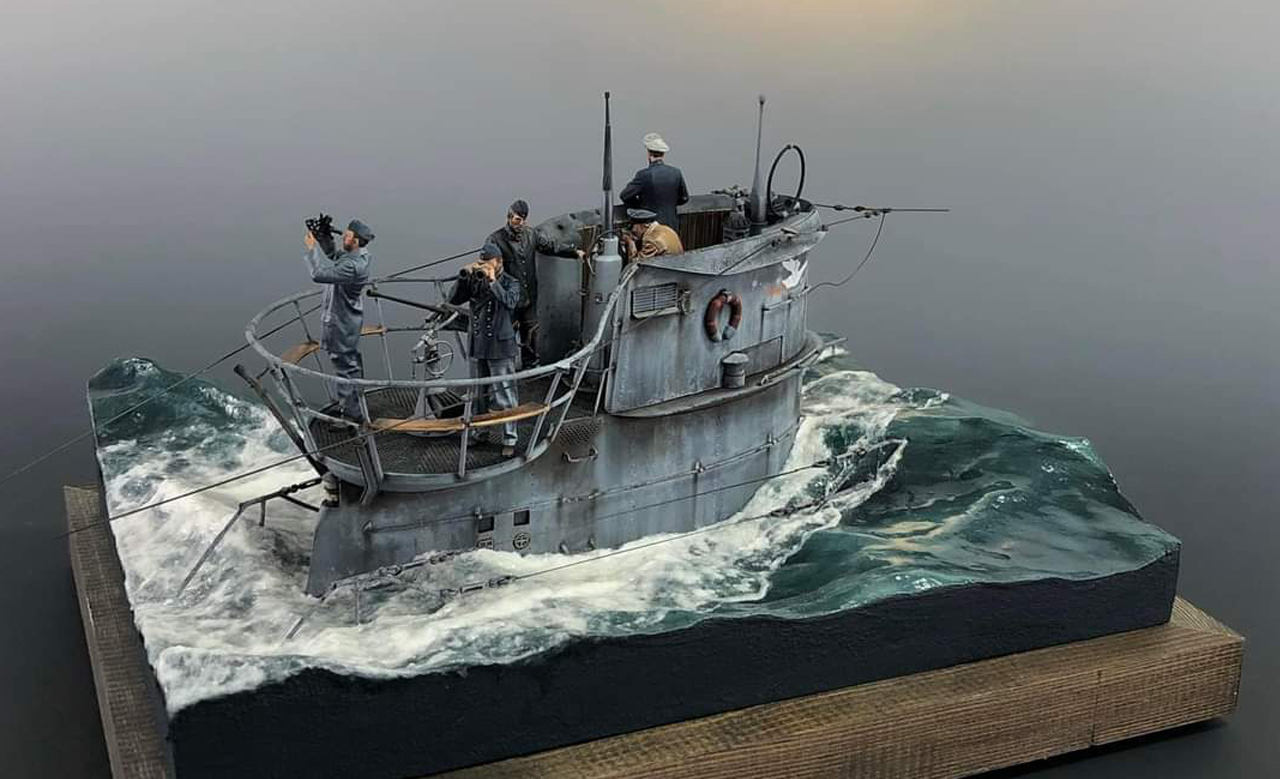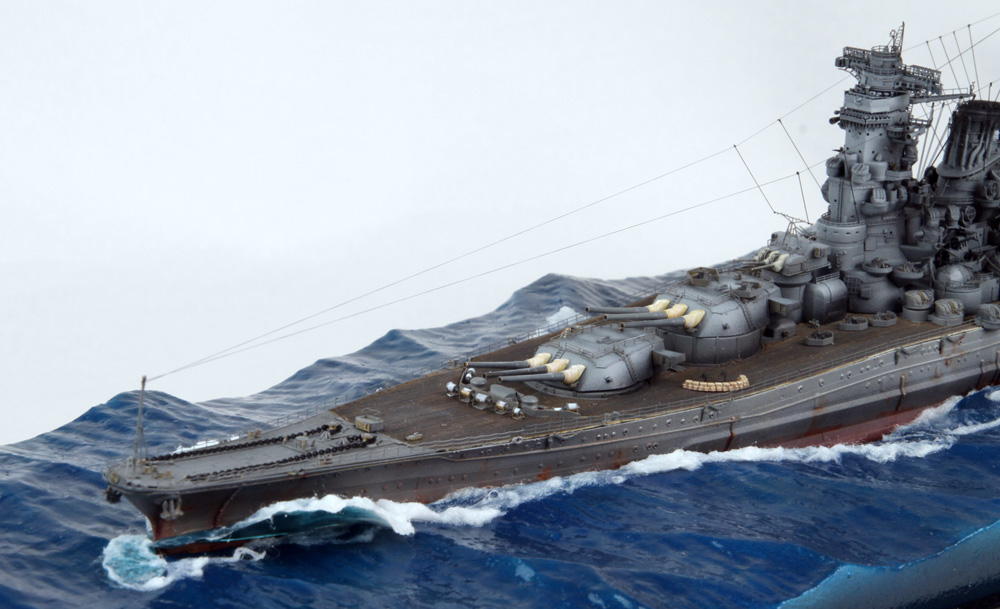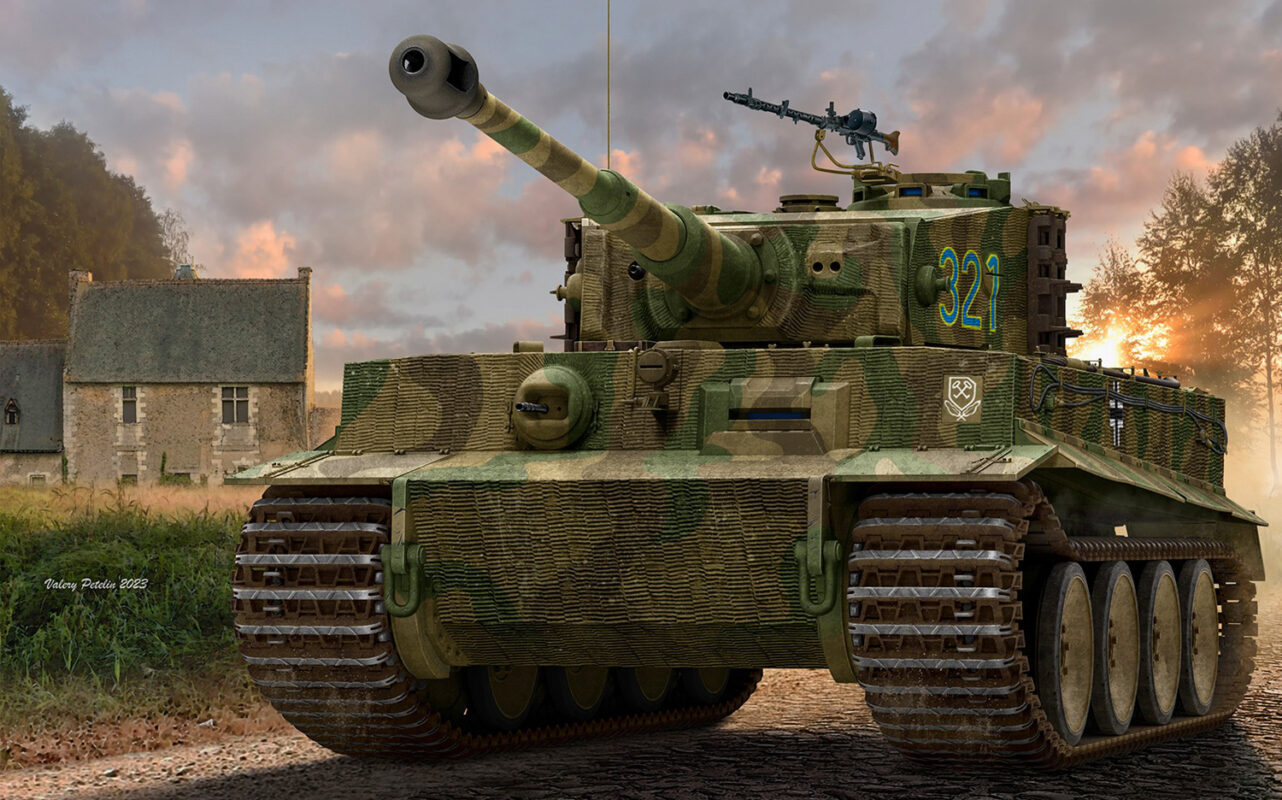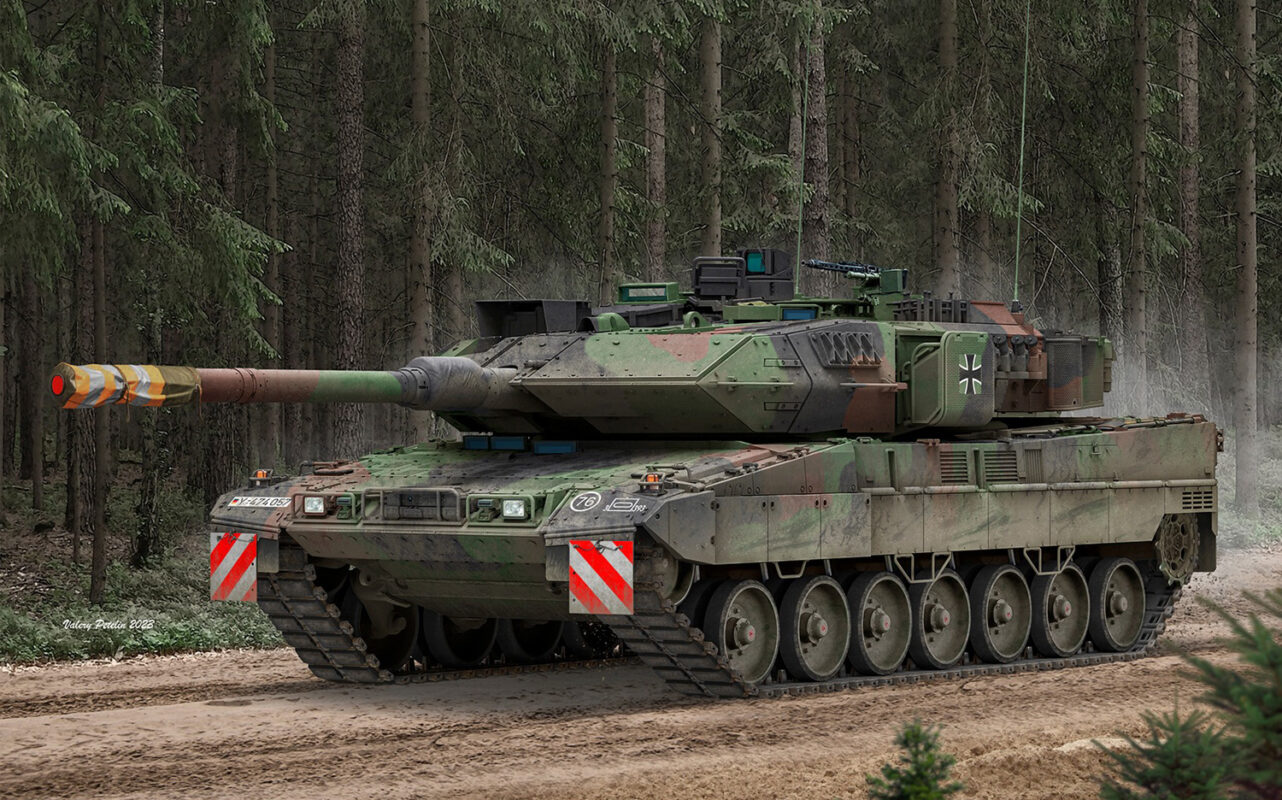The First World War, often referred to as the Great War, witnessed a technological revolution that forever altered the face of warfare. Among the groundbreaking innovations of the time was the German UC-1 class submarine, a remarkable feat of engineering that played a crucial role in shaping the course of naval warfare during World War I. In this article, we will delve into the history and significance of the UC-1 class submarine, exploring its design, capabilities, and impact on naval strategies.
The Birth of the UC-1 Class Submarine
The UC-1 class submarines were born out of Germany’s need for a more effective and versatile submarine fleet during World War I. Conceived in 1915, these submarines were designed by the German Imperial Navy to address the shortcomings of earlier U-boat models. The UC-1 class, led by the pioneering UC-1 herself, set the stage for a new era of submarine warfare.
Design and Innovation
The UC-1 class submarines were a departure from their predecessors in terms of design and functionality. These submarines were smaller and more maneuverable, making them ideal for coastal operations and navigating the narrow and treacherous waters of the North Sea. With a length of around 33 meters and a displacement of 417 tons, the UC-1 class submarines were equipped with four bow torpedo tubes and could carry up to six torpedoes.
One of the key innovations of the UC-1 class was the addition of mine-laying capabilities. These submarines could carry a significant number of mines, allowing them to effectively blockade enemy ports and disrupt maritime supply routes. The ability to lay mines covertly and quickly proved to be a strategic advantage, catching the Allied forces off guard and inflicting considerable damage.
Operational Successes
The UC-1 class submarines quickly earned a reputation for their operational successes. Their agility and ability to operate in shallow waters made them formidable adversaries for Allied naval forces. The submarines were responsible for sinking numerous enemy vessels, ranging from merchant ships to military vessels. The deployment of mines by UC-1 class submarines also contributed to the disruption of maritime traffic, affecting the flow of essential supplies to the Allies.
Challenges and Legacy
Despite their successes, the UC-1 class submarines faced significant challenges. The introduction of anti-submarine warfare tactics and technological advancements by the Allies posed a constant threat. As the war progressed, the effectiveness of the UC-1 class submarines diminished, and some were lost in action. However, their impact on naval warfare was lasting, influencing the development of subsequent submarine classes and shaping strategic thinking in future conflicts.
Conclusion
The UC-1 class submarine stands as a testament to the ingenuity and adaptability of military technology during World War I. Its innovative design, coupled with the strategic use of mine-laying capabilities, played a crucial role in Germany’s naval efforts. The legacy of the UC-1 class submarines lives on, reminding us of the ever-evolving nature of warfare and the pivotal role that technological advancements can play in shaping the course of history.
Photo in detail
Photo: The crew of a German UC-1 class submarine on deck.
Date: circa 1915 –1918
Code: ww1-0001
Wall Art with this photo
If you’re interested in wall art featuring this photo, please fill out the form, and we will provide you with a price offer within 1-2 business days.


